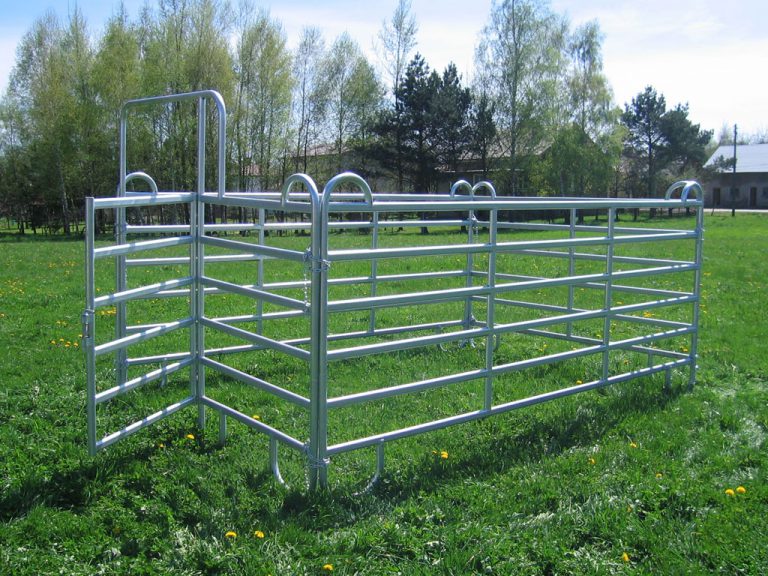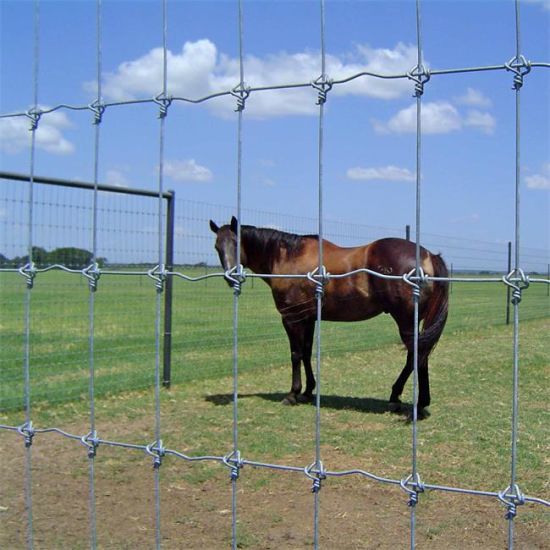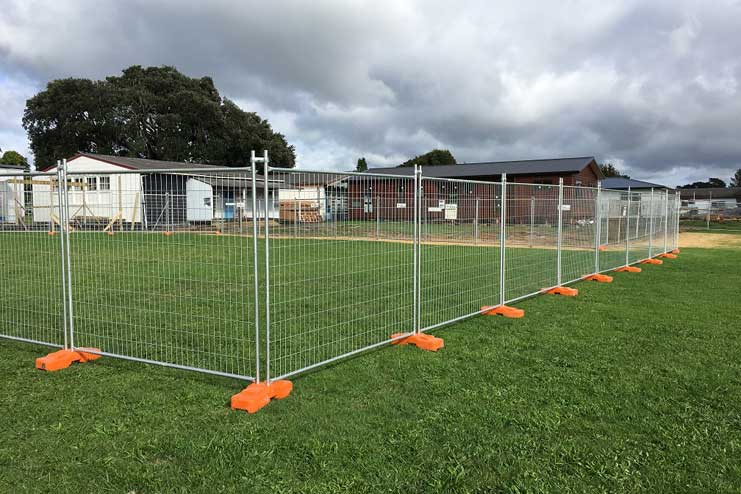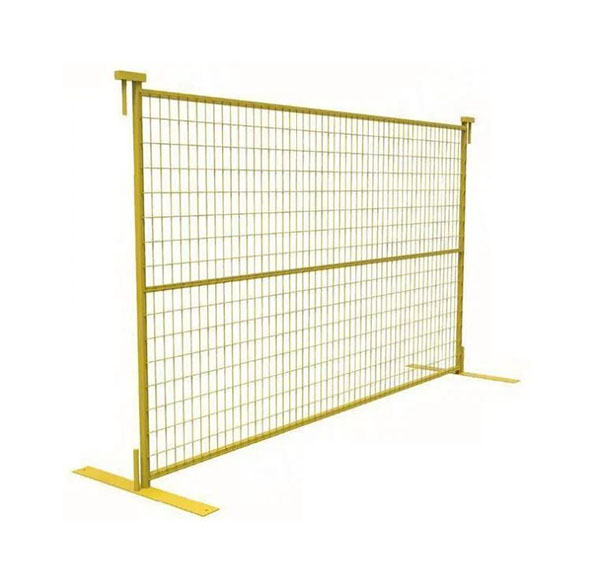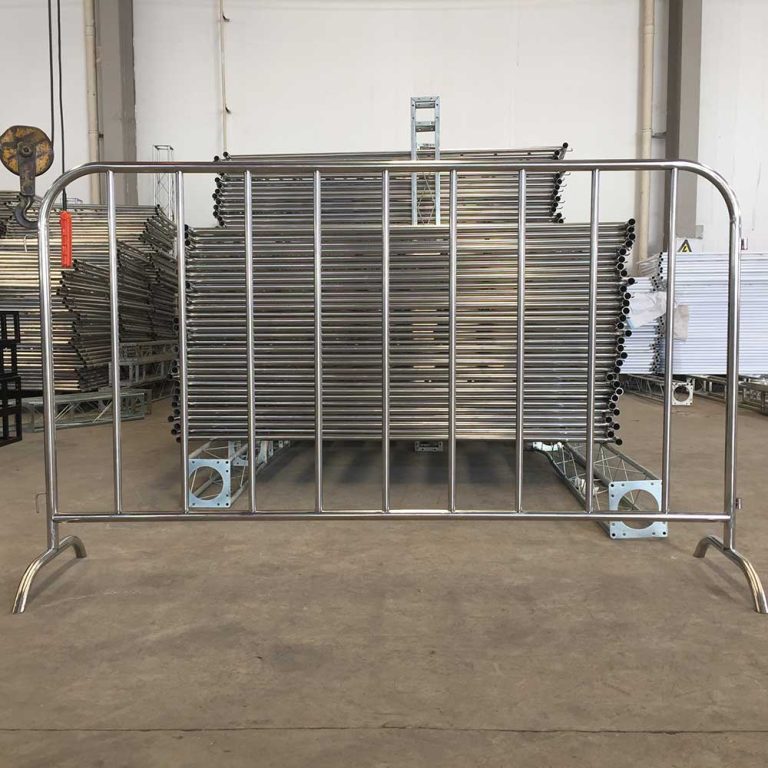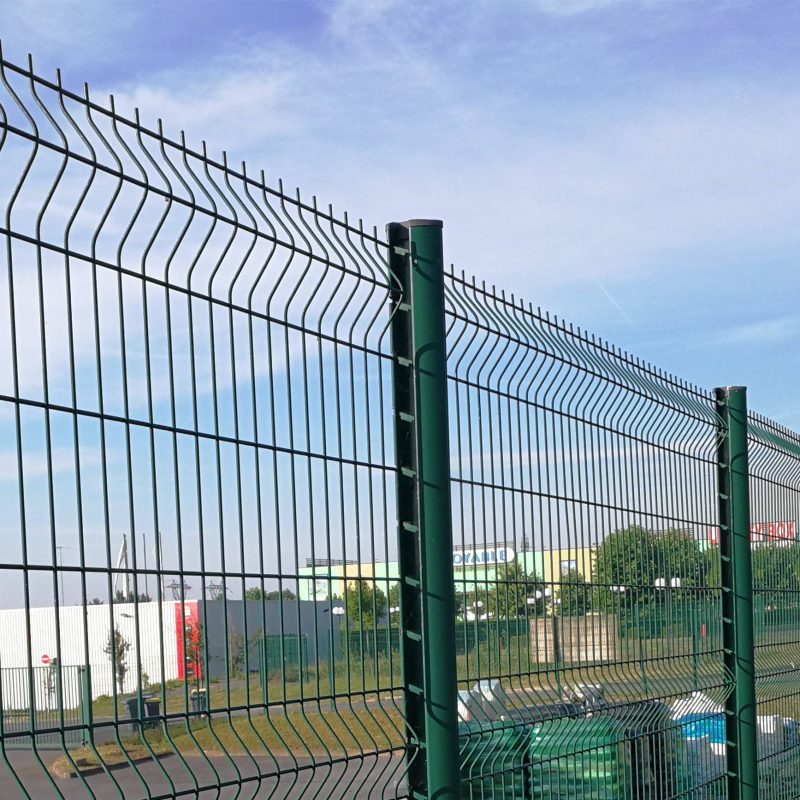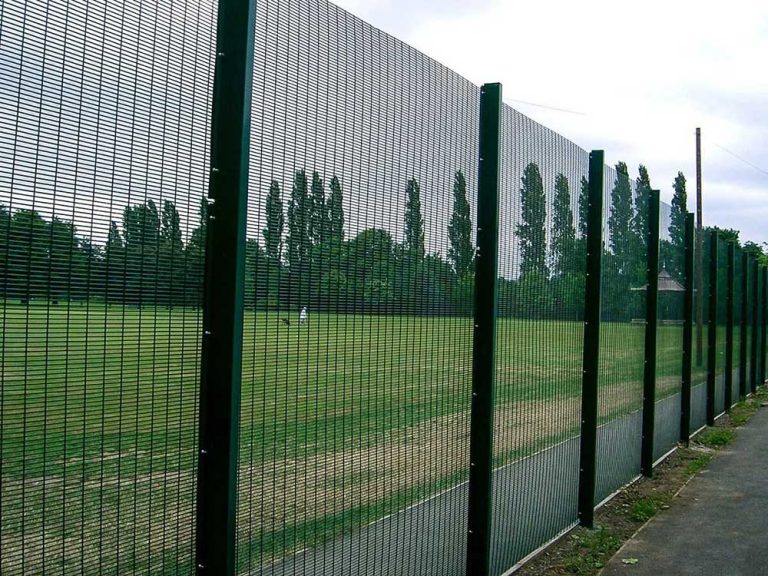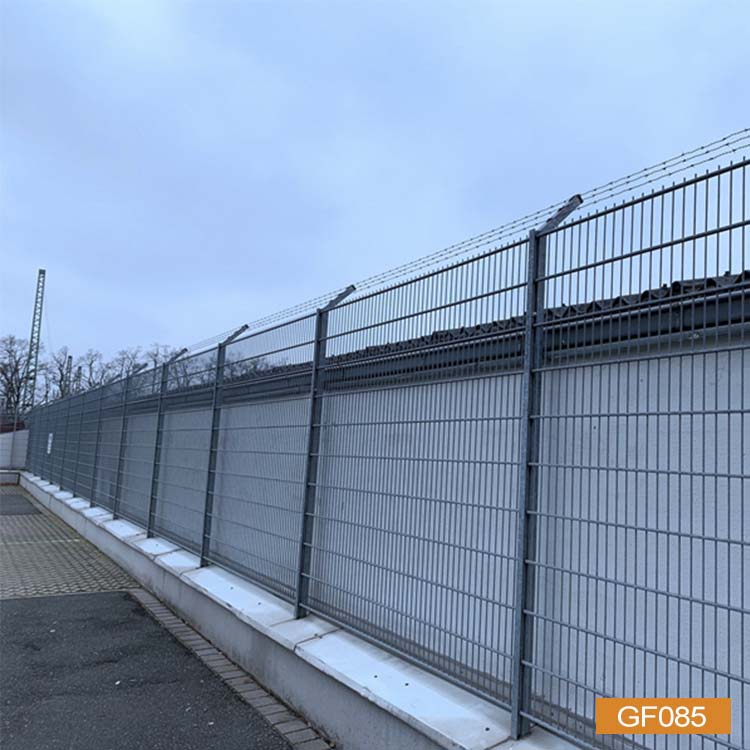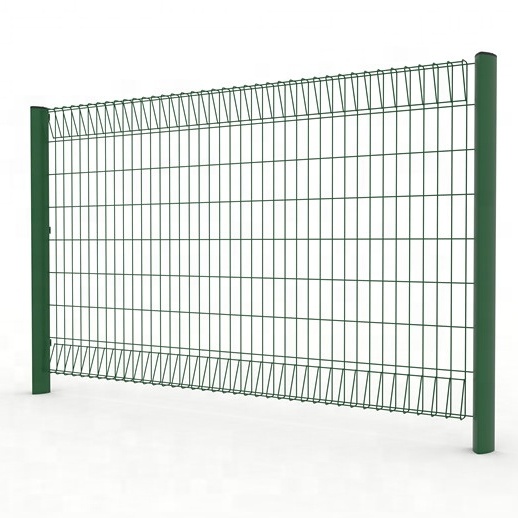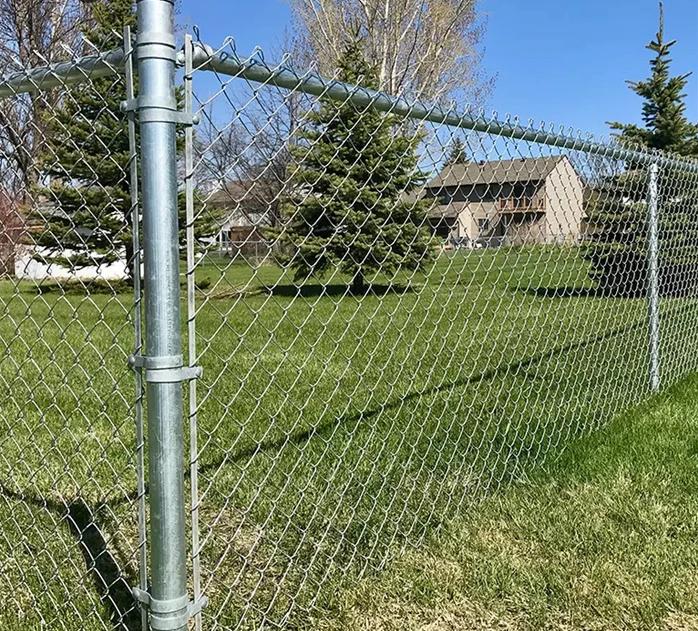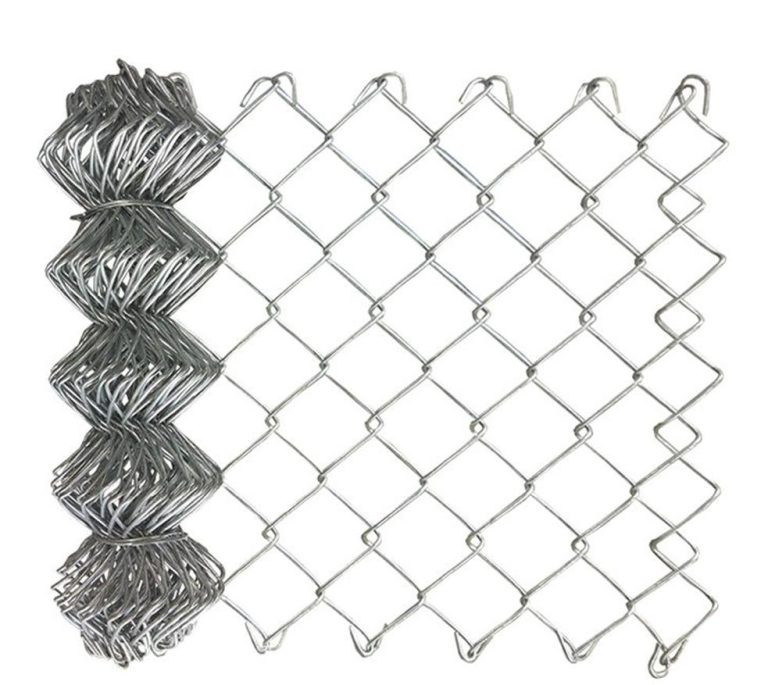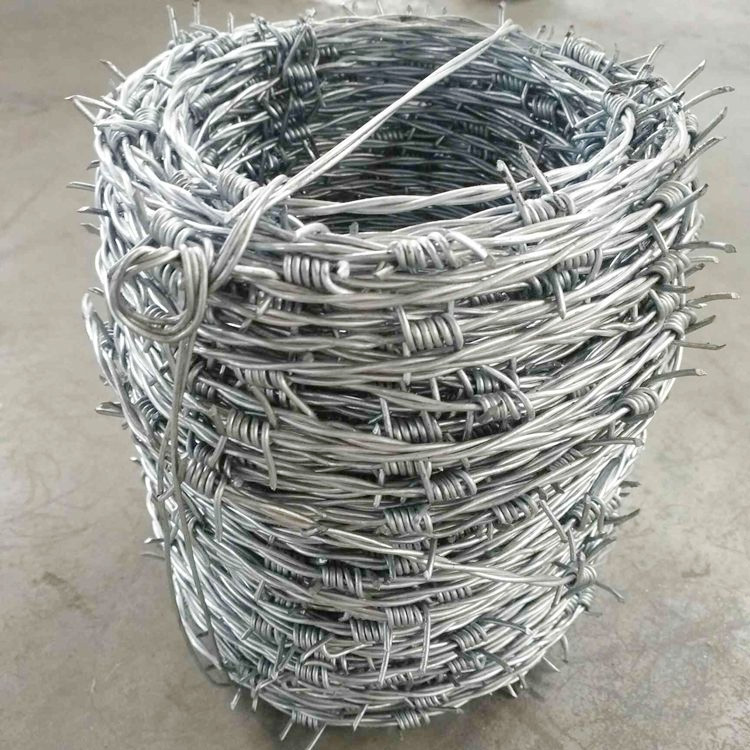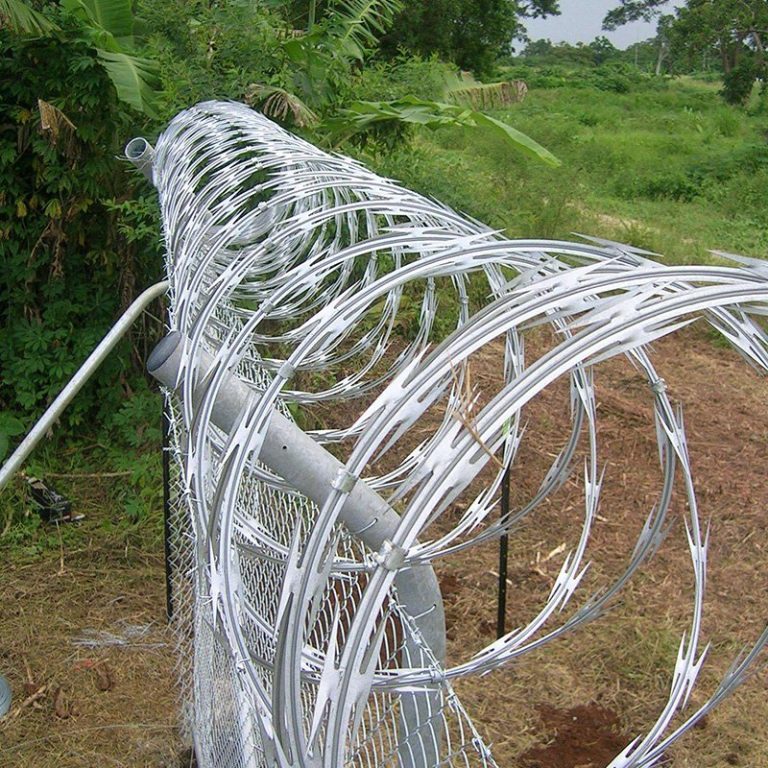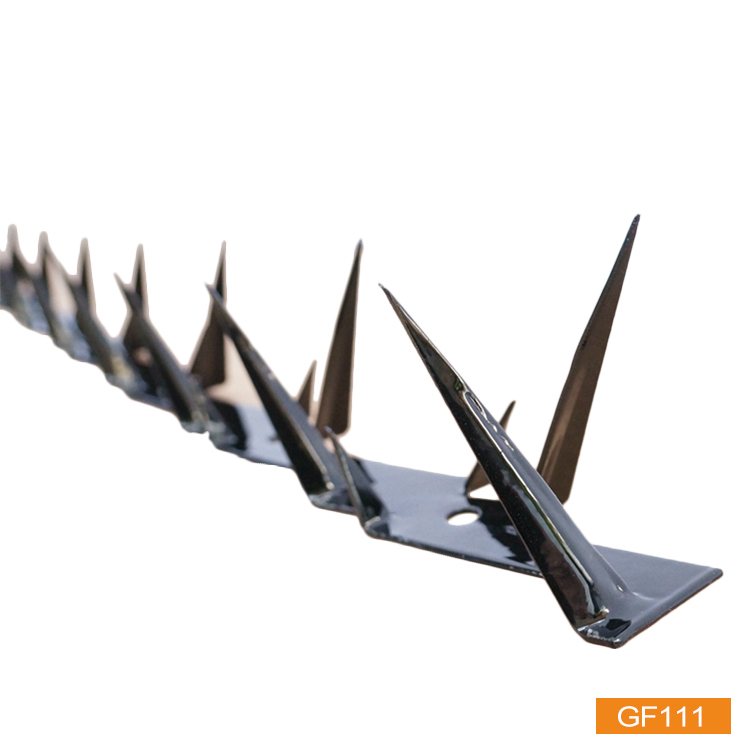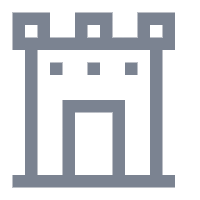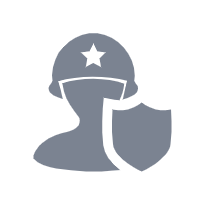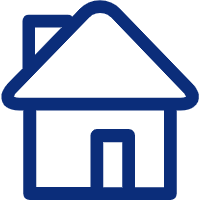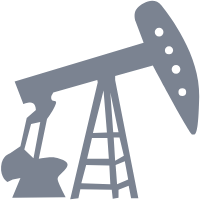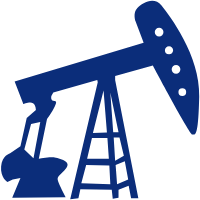Understanding Cattle Panel Fences
What is a Cattle Panel Fence?
A cattle panel fence is crafted to manage and confine livestock like cattle, horses, and sheep. It uses galvanized welded steel tubes for strength and stability. These fences suit both temporary and permanent setups.Anping Jiahui Wire meshes products Co., Ltd produces a variety of specialized types of cattle panel. they’re known for lasting long and keeping animals safe from predators. The enclosure stays secure and reliable.
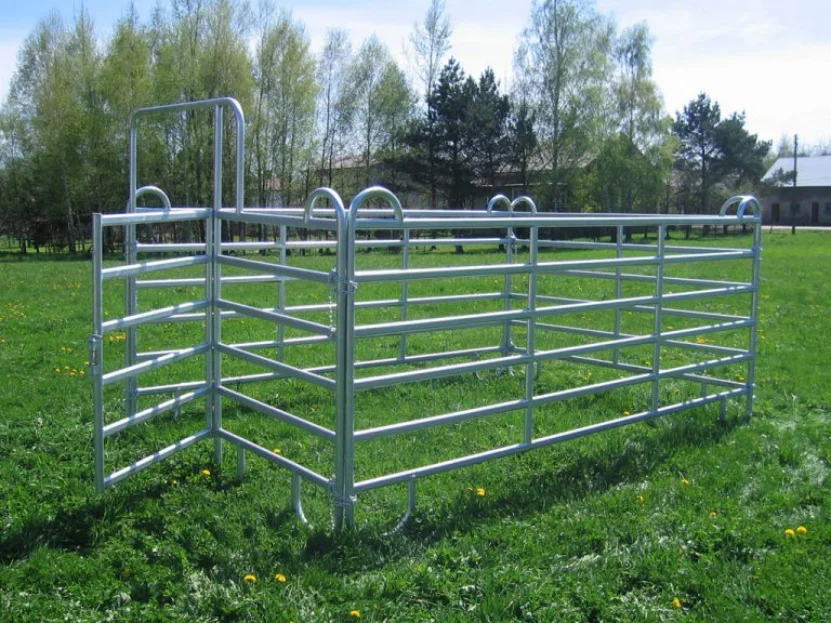
Benefits of Using Cattle Panels for Fencing
Cattle panels bring many perks for fencing needs. They’re simple to set up and light to handle. They hold up well over time. The galvanized finish fights rust and corrosion. This makes them fit for all kinds of weather. You can shape them into different enclosure sizes. They work for various livestock. Their sturdy build means less upkeep. They stay dependable for years.
Choosing the Right Materials
Overview of Cattle Panel Sizes
Cattle panel sizes vary to meet different demands. Heights often include 950 mm, 1000 mm, and 1800 mm. Widths range from 2100 mm to 2900 mm. Horizontal rails come in round shapes (32 mm OD, 42 mm OD). They can also be square (40 × 40 mm, 50 × 50 mm). Oval rails include 30 × 60 mm or 40 × 80 mm. Vertical pipes differ too. They’re usually round or square.
Features of Heavy Duty Cattle Panels
Heavy duty cattle panels use reinforced steel to handle tough daily use in fields. They’re made from top-grade materials. These panels endure years of stress. They’re often galvanized or painted after welding. This boosts resistance to rust. A secure drop bolt system keeps livestock contained. It allows easy access when needed.
Selecting the Best Posts and Fasteners
Picking strong posts and fasteners is key for a solid cattle panel fence. Posts must support the panels’ weight. They should resist forces like wind or animal impact. Steel posts, like studded T-posts or Y-posts, are popular. They’re tough and reliable. Fasteners such as U lugs or L lugs hold panels firmly to posts. This ensures the fence stays steady.
Planning Your Fence Design
Measuring and Marking the Fence Layout
Good planning comes first for a cattle panel fence. Measure the area you want to enclose. Use stakes and string to outline the borders. This gives you exact dimensions. It helps when buying panels, posts, and fasteners.
Think about terrain changes or gate locations. A clear layout makes installation easier. It also ensures the fence works well.
Incorporating a Functional Cattle Panel Gate
A cattle panel gate is vital for any fence design. It offers controlled entry for livestock or equipment. Gates often have secure locks like drop bolts or pins. These prevent accidental openings. Make sure gates are wide enough. They should fit vehicles or machines if needed.
Choose heavy-duty hinges for the gate. They prevent sagging over time. Place the gate in a practical spot for easy use.
Step-by-Step Installation Process
Preparing the Ground for Installation
Ground prep is crucial before installing a cattle panel fence. Clear the area of debris, rocks, or plants. These can block the process. Measure the space with a tape. Mark boundaries with stakes and string. This keeps alignment accurate.
Check for uneven ground or slopes. Adjust the layout to fit the land’s shape. Plan gate spots too. Good prep makes the fence secure and neat.
Attaching Heavy Duty Cattle Panels to Posts
After prep, attach heavy duty cattle panels to posts. These panels use high-quality steel. They’re strong and long-lasting. They handle daily field use well.
Set posts at even intervals along the boundary. Use steel T-posts or Y-posts. They resist wind and livestock pressure. Anchor posts firmly. Concrete can add stability if needed.
Fasten panels to posts with U lugs or L lugs. These keep panels secure. Check that all connections are tight. Ensure alignment to avoid gaps or weak spots.
Enhancing the Functionality of Your Fence
Installing a Durable and Secure Cattle Panel Gate
A cattle panel gate adds key access to your fence. It helps move livestock or equipment. Choose a gate that matches your panels’ size and style. Gates often use drop bolts or pins for security.
Place the gate in a handy location. Ensure it’s accessible for vehicles if needed. Use heavy-duty hinges. They support the gate’s weight. This prevents sagging.
Make sure the gate swings freely. It should align with nearby panels. This boosts both use and looks. It keeps livestock safe.
Maintenance and Longevity Tips for Your Fence
Inspecting for Damage or Wear Over Time
Regular checks keep your cattle panel fence strong. Weather and livestock can cause wear. Look for rust, corrosion, or loose parts. Check for bent sections too.
Fix problems quickly. Tighten fasteners or replace damaged parts. Reinforce weak spots. Staying on top of upkeep extends the fence’s life. It keeps it working well.
Protecting Against Rust and Weather Elements
Use galvanized materials to fight rust. They resist corrosion well. Painting after welding adds another shield. It blocks moisture damage.
For areas with harsh weather, take extra steps. Add supports to weak sections. Use drainage to avoid water buildup. This protects the fence from rain or snow.
Anping Jiahui Wire meshes products Co., Ltd produces fence products with corrosion resistance, aging resistance, acid and alkali resistance, non-fading, smooth surface and comfortable touch. And with professional technical certification, you will feel that you are worth the money
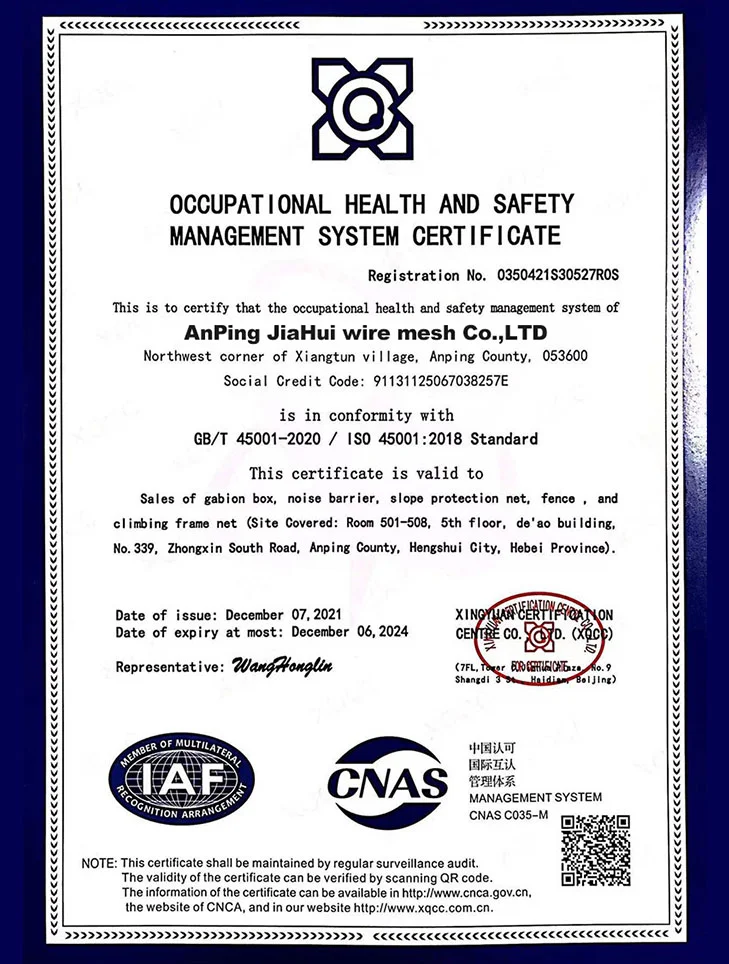
Frequently Asked Questions
What are common cattle panel sizes?
Cattle panel sizes include heights from 950 mm to 1800 mm. Widths range from 2100 mm to 2900 mm.
How do I secure heavy duty cattle panels?
Use U lugs or L lugs to fasten heavy duty cattle panels to steel posts like T-posts or Y-posts.
Why include a cattle panel gate?
A cattle panel gate offers safe access points. It ensures livestock security.
How can I prevent rust on my fence?
Choose galvanized materials. Apply protective coatings. These stop rust and weather damage.
For tailored fencing solutions, contact Anping Jiahui Wire Mesh Co., Ltd. They’re based in Anping County, China’s wire mesh hub!

